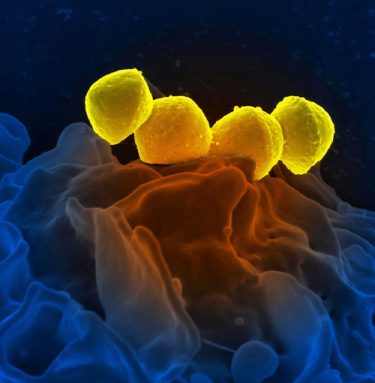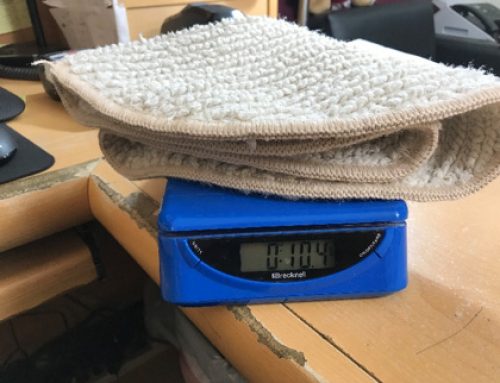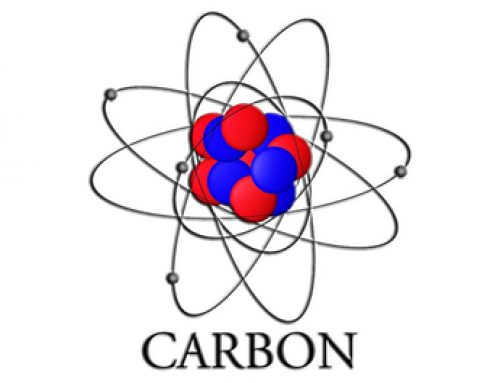Please excuse me going mental about this. I looked up the definition of a germ. One definition was basically saying a germ, fungi, virus and some others. What? A germ is a virus? Many products claim to kill germs but the same product is not able to claim it kills mold or a virus. OK, so now I’m confused and cannot find a definition that satisfies me or a least opens my mind to understand something that I thought I understood, but maybe don’t. Another definition I saw said there are 4 major types of germs – Bacteria, viruses, fungi, and protozoa. Another definition from Merriam Webster defines a germ as a mass of living substance capable of developing into and organism or one of its parts? Well I thought it was already one of the 4 listed above. Anybody else not satisfied with these answers?
The online Epidemiology dictionary defines a germ as:
germ (n.)
mid-15c., “bud, sprout;” 1640s, “rudiment of a new organism in an existing one,” from Middle French germe “germ (of egg); bud, seed, fruit; offering,” from Latin germen (genitive germinis) “spring, offshoot; sprout, bud,” which is of uncertain origin, perhaps from PIE root *gene- “give birth, beget,” with derivatives referring to procreation and familial and tribal groups.The older sense is preserved in wheat germ and germ of an idea; sense of “seed of a disease” first recorded 1796 in English; that of “harmful micro-organism” dates from 1871. Germ warfare is recorded from 1919.
How about this one:
germ (jûrm)
1. A microscopic organism or substance, especially a bacterium or a virus, that causes disease.
2. The earliest living form of an organism; a seed, spore, or bud.
Usage – You’ve heard it many times. Some food falls on the floor, and someone (usually an adult) says, “Don’t eat that now. It has germs on it.” The word germ has been used to refer to invisible agents of disease since the 19th century, when scientists were first learning about the nature of disease. Similarly, the term microbe, which comes from the Greek prefix mikro-, “small,” and word bios, “life,” is a term that arose in the late 19th century in reference to the microscopic organisms that caused disease. The terms germ and microbe thus became associated with an early era of scientific research in which knowledge was very limited, and they are no longer used much by scientists. Thanks to generations of research, scientists today can usually identify the specific agents of disease, such as individual species of bacteria or viruses. When they want to refer generally to agents of disease, they use the term pathogen, which comes from Greek pathos, “suffering,” and the suffix -gen, “producer.” The term microorganism is used to refer to any one-celled microscopic organism, whether it causes disease or is harmless.
The American Heritage® Student Science Dictionary, Second Edition. Copyright © 2014 by Houghton Mifflin Harcourt Publishing
That last one helped a bit. Can you define a germ to your customers?
By John Klucznik, Founder of Bonnet Pro
Bonnet Pro manufactures the industry’s best encapsulation carpet cleaning products and sell a wide range of germ killing and antimicrobial products from PreVasive and Mediclean.






